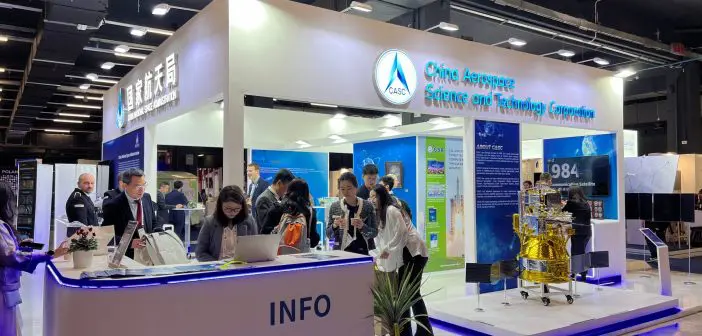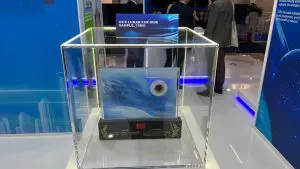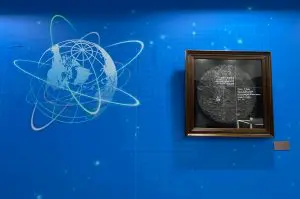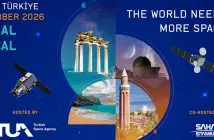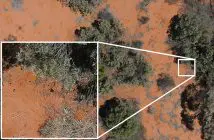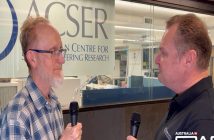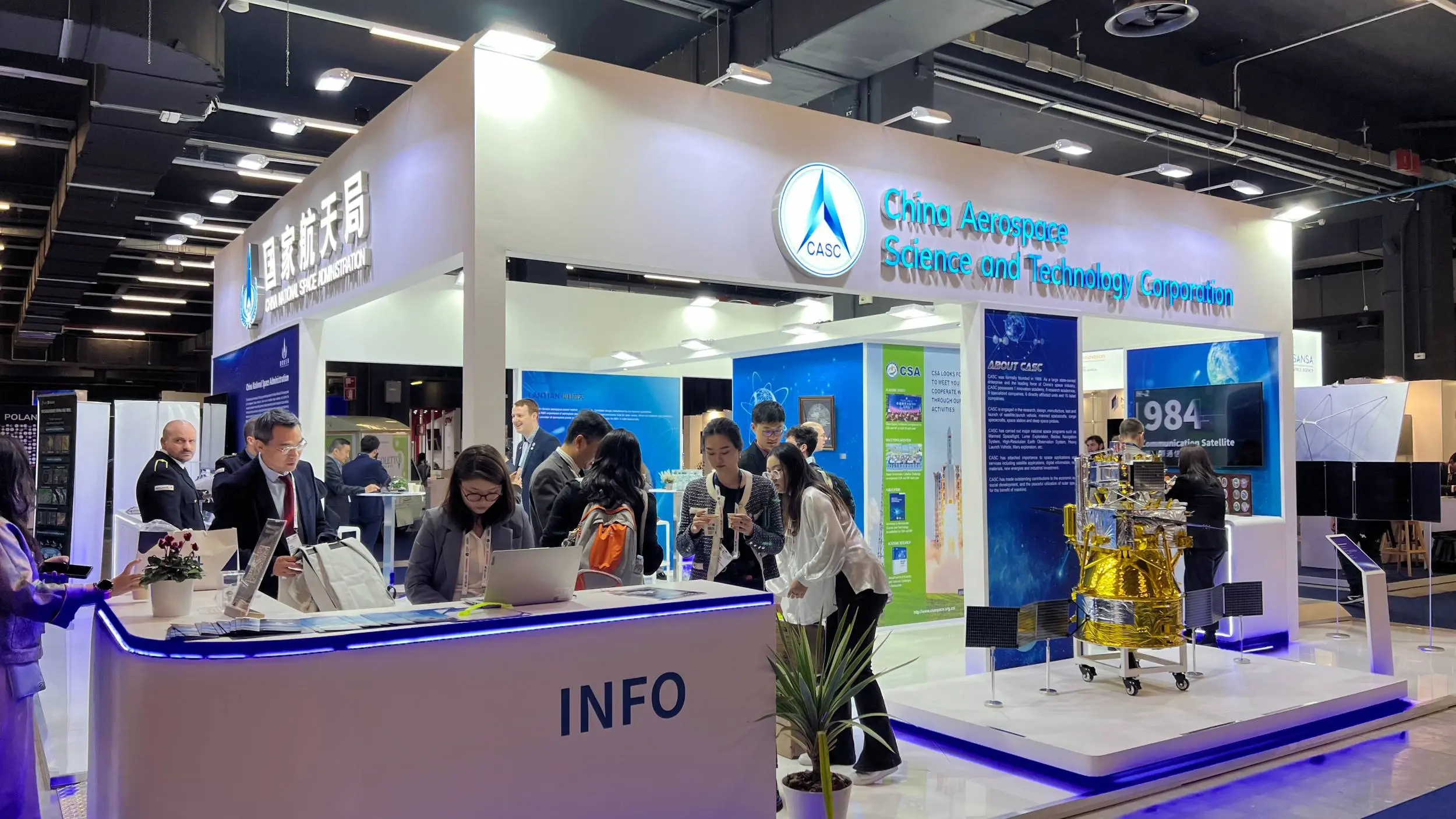
By staff writer
NASA Administrator Bill Nelson has shared a platform with Li Guoping, the Chief Engineer of the China National Space Administration (CNSA) on the first day of the 2024 International Astronautical Congress (IAC) in Milan this week.
Both men met at a head of agencies one-on-one on October 14. Also attending the session was European Space Agency head Josef Aschbacher, Indian Space Research Organisation head S. Somanath, Japan Aerospace Exploration Agency head Hiroshi Yamakawa, and Canadian Space Agency head Lisa Campbell.
The space conference has attracted heads or senior officials from more than 60 national space agencies and one day in, China is already attracting attention for its flexes, including unveiling a rock sample recently collected from the moon’s far side by its Chang’e-6 probe.
China’s increasingly visible presence at the annual event, also noticeable at the 2023 event in Baku, happens as the US’s traditional rival, Russia, takes a back seat. Its state space agency, Roscosmos, is not present at this year’s event.
The organisers of this year’s IAC want to talk about space sustainability, but everyone else is talking about the space contest between the US and China. Both countries have had a very good week. The US successfully sent the Europa Clipper on its way to Jupiter and California-based SpaceX managed a spectacular grab of a 71-metre rocket returning to its launch pad.
“NASA leads the world in exploration and discovery, and the Europa Clipper mission is no different,” said Nelson.
Space Power Contest
For its part, China successfully retrieved its first reusable and returnable test satellite, Shijian-19, at the Dongfeng landing site in north China late last week, recovering all its payloads. China’s Aerospace Science and Technology Corporation says the satellite has achieved several technological breakthroughs and will significantly improve the technical level and application efficiency of the country’s returnable satellites.
Nelson has struck a relatively friendly public tone towards China this year, congratulating the country on its first crewed mission to its Tiangong space station and also on receiving the first images from the Zhurong Mars rover.
China says its interest in space is entirely peaceful, and it is happy to work with other like-minded nations. On Monday, its space rock reveal in Milan was attended by agency heads from the US and Japan, among others.
Over the remainder of the week, the US will host three Falcon 9 launches carrying Starlink satellites into space, while China will send two Long March rockets into space with undisclosed payloads on board.
Nelson, Li, and all the other agency heads attending IAC 2024 also attended the Global Leaders Summit on Tuesday.
Enrico Palermo, head of the Australian Space Agency, is also attending the 2024 IAC. The event’s programme shows him not participating in any official sessions other than the leader’s summit. However, the ASA has posted online that since arriving, he has been elected vice president of the International Astronautical Congress, attended Artemis Accords meetings on lunar returns, had a series of meetings, including with SpaceX, and gone on TV to promote the 2025 IAC in Sydney.

